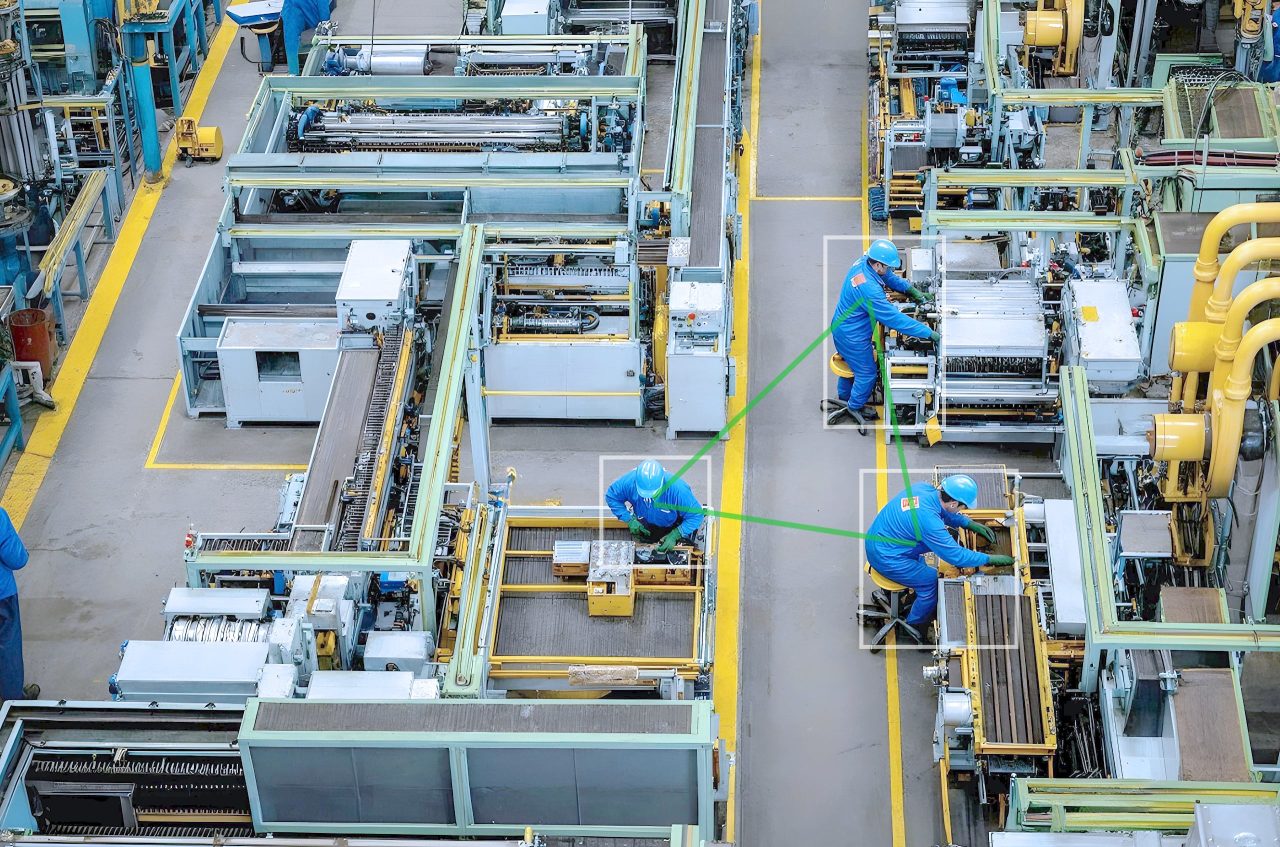What is indoor occupancy detection?
Occupancy detection algorithms designed for public places and buildings are becoming increasingly popular. Vision-based occupancy detection uses deep learning algorithms to detect the presence of people in buildings or specific areas of interest. This information is used to control building systems for energy conservation, workforce safety, and operational efficiency.
Real-time video analysis for occupancy detection can use existing, common surveillance video cameras without the need for expensive special cameras. Smart spaces or smart buildings are aware of their state and can act accordingly based on the presence of humans and their number.
Key features of occupancy detection
Detect the presence of occupants using the video stream of common surveillance cameras.
- Detect the presence of people in public or private buildings.
- Focus the occupancy detection on specific areas of video streams.
- Monitor the status (occupied/vacant) of multiple areas in real-time.
- Tracking of historical data in aggregated dashboards to analyze operational efficiency and bottlenecks.
- Send occupancy status information to third-party systems, for example, to automate building systems.
- Edge AI allows decentralized privacy-preserving image recognition and on-device machine learning without collecting any personal information.
Value of occupancy detection with deep learning
Visual occupancy detection provides a cost-effective, highly scalable method to detect occupancy in large-scale use cases across multiple locations.
- Automated detection without the need for laborious human inspection and monitoring of video streams.
- Cost savings through enhanced energy efficiency for human-centric heating, ventilation, air conditioning, and lighting control.
- Compliance with regulations on occupancy in public places (e.g., COVID-19 measures).
- Trigger alerts if spaces may become overcrowded to avoid law infringements in places that rely on occupancy limitations.
- Increased security through intrusion detection and enhanced workforce safety to detect dangerous situations in production areas.
